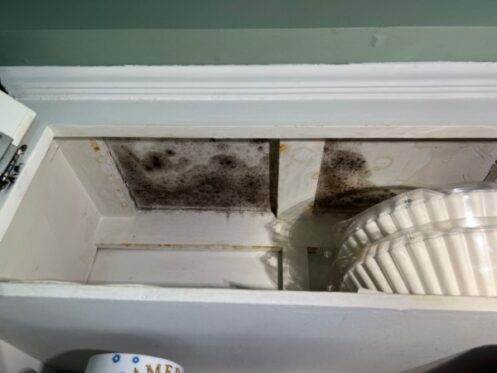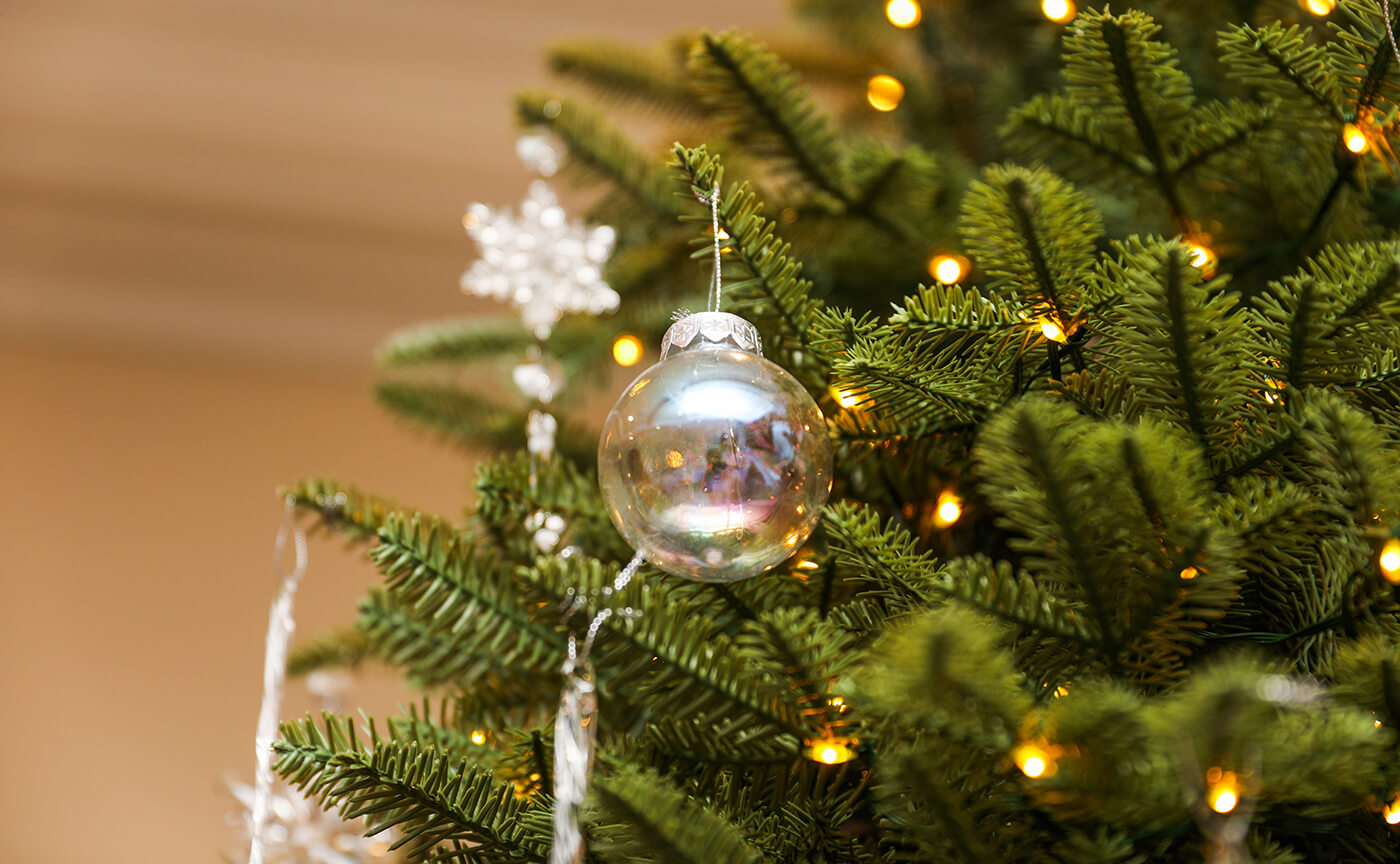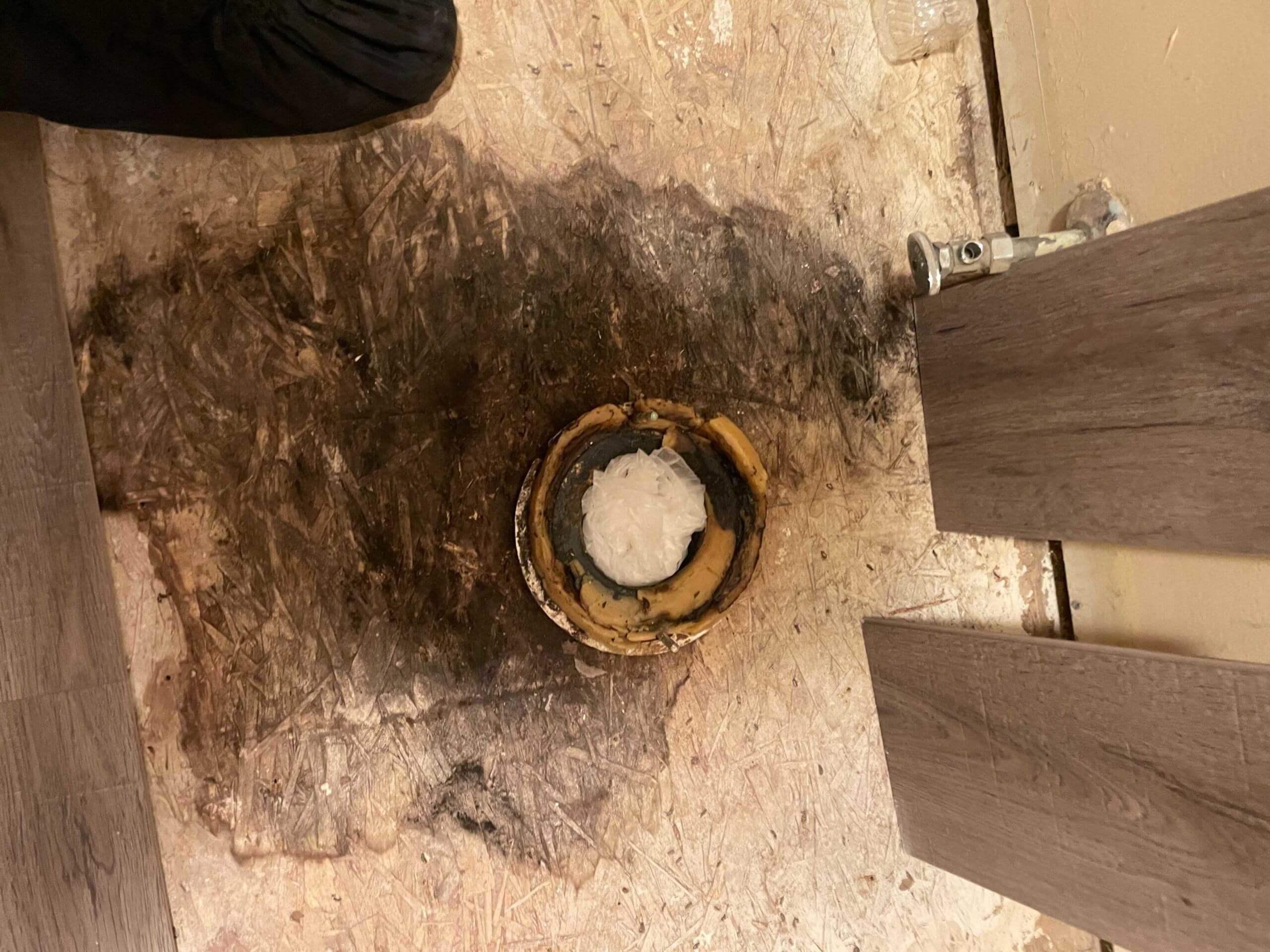Mold is easily one of the most potentially dangerous substances lurking in your home. Visions of health complications and respiratory issues start swirling in the minds of homeowners at the mere thought of its presence in a home. When considering the purchase or sale of property, looking for signs of mold infestation is even more critical for you and your loved ones.
What Is Mold?
Mold is a type of fungus that grows in dark, moist areas of homes and buildings. Growing and spreading quickly on walls, ceilings, floors, and even furniture, mold can cause a variety of health issues, such as allergic reactions and respiratory issues, to name a few. In extreme cases of mold growth and infestation, it can even damage the infrastructure of a home or commercial building.
When left unchecked, the growth of mold can lead to a variety of health issues, such as:
- Allergies and skin rashes
- Respiratory issues, trouble breathing
- Autoimmune complications
- Neurological symptoms such as headaches, memory loss, difficulty concentrating
- Chronic fatigue
- Irritability
- Depression and Anxiety
Staying on top of mold control and reducing conditions that lead to its development are critical parts of keeping you and your family healthy.
When Is Mold Inspection Necessary?
Seeing mold in cracks and crevices around your house means that it’s growing and spreading airborne spores that have the potential to wreak havoc on your health. It may also be growing in places you cannot see, like in your ductwork and in between walls and layers of flooring. Consider getting a regular mold inspection for the following situations.
Water Damage
If you have flooding in your basement or on the lower floors of your home, you must inspect for mold. Similar issues arise from broken pipes and leaky plumbing that go unchecked. Any area in your home that has been wet and not promptly cleaned up could already have mold growing there.
As You Consider Purchasing New Property
As mold can cause significant structural damage to homes and buildings, it’s essential that you have a thorough inspection performed on any property you intend to purchase. A qualified, professional mold inspector should be able to provide you with more information related to mold infestation and the possibility of future growth based on discovered structural issues.
If A Home Has Been Unoccupied For Some Time
If a house has been closed up tightly and unoccupied for several months or years, humidity levels could likely have been unregulated, leading to toxic mold and mildew buildup. This problem is especially pervasive in areas with high heat and humidity; exercise caution when entering these homes and wear protective respiratory gear to prevent health issues.
After Mold Remediation
If you have already paid for mold remediation from your home, staying on top of future growth issues with regular mold inspections is a great idea to protect your investment. There may be an unidentified underlying problem that needs addressing.
If You See Mold
If you notice any green, black, or blue growth in dark, moist areas, get a professional mold inspection performed to make sure you get to the root cause of the problem. It is not only restricted to one location, and once it has become visible, it’s likely that it has been growing for some time.
Mold Inspection and Mold Testing
Mold inspection and mold testing are often advertised together, with mold inspection being a broader way to identify the presence of mold and define the scope and size of the problem. Testing involves attempting to identify what specific kinds of molds are in your home, as well as the percentage of mold spores in the air.
Mold Inspection Process
Mold inspection is, for the most part, a visual assessment of your house and living spaces. The inspector will have a good flashlight and tools that are required to access restricted areas in ductwork and HVAC systems. Moisture meters are also used to determine if a particular area is too wet, especially if you have already had remediation done. Air quality meters detect elevated levels of mold spores.
A mold inspector will likely ask if there has been prior water damage or flooding on the property and if there have been visual cues that mold growth is present. Once mold is detected, the inspector will then look to find the source of moisture and water that is causing mold growth and develop a remediation plan for safe, effective removal.
Factors Affecting Cost
The size of the structure assessed and whether drastic measures have to be taken to reveal mold will have an impact on the cost of an inspection. A house with a great deal of square footage is going to cost more, as more homes and living spaces will need to be assessed before making a thorough mold report. Invasive inspections that involve digging through walls and into crawlspaces will also cost more because of the additional time and work that they require.
In general, mold inspections cost about the same as a comprehensive home inspection done when you are looking to purchase a home or property. The average mold inspection costs anywhere from $300-$400 for smaller homes. Homes larger than 4000 square feet range from $700-$1000 for a detailed assessment of your property. In some cases, a mold inspector will also be certified and trained in the safe removal of mold, which can save you valuable time and money when it comes to cleaning.
Whom to Hire
When looking for a reputable mold inspector, choose a contractor or professional with experience and expertise in performing inspection and remediation. Ask for estimates, and check with your local and state health departments to see if mold inspectors are required to obtain special licensure and certification.
After Inspection
After your mold inspection, it will be more important than ever to craft a plan for remediation and keep your home free from subsequent growth. The best solution for a mold infestation is to prevent it from happening in the first place. Follow these tips for a cleaner, mold-free home.
Repair Leaks As Soon As Possible
Whether you have a leak in your attic or rusted-out water pipes, staying on top of leaks and moisture will prevent mold from taking hold of your home. Don’t forget to check around the water heater and washing machine.
Clean Up Promptly
If you experience basement flooding or excess condensation from your ductwork and HVAC system, make sure you clean and dry affected areas as soon as possible to prevent moisture from seeping into surfaces and providing mold with a foothold for growth. Mold needs moisture to grow and thrive, so prompt drying and cleanup are vital.
Control Humidity Levels
Extremely moist, humid air provides enough moisture for mold to grow on some surfaces. Use dehumidifiers in your basement and damp living spaces to keep moisture levels under control.
Contact the Professionals
The growth of mold in your home can be a serious problem for you and your loved ones. Spotting potential infestation before it spirals out of control can save you valuable time and money, as well as protect you and your family from dire health consequences that result from ongoing mold exposure. Pur360 has been proudly serving valued clients, finding solutions for mold testing, remediation, restoration, and reconstruction of your home after mold removal. We specialize in the cleanup of your living spaces to protect your home. Contact Pur360 today to set your inspection appointment with one of our qualified professionals.



